Water ingress
-
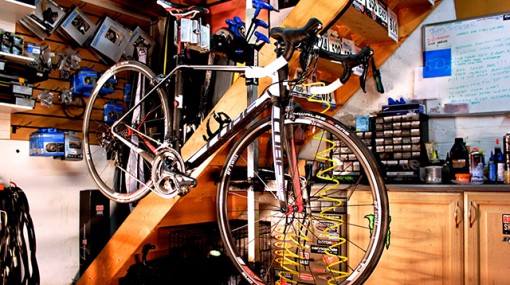
A few simple precautions can help save hundreds of pounds in replacement parts and labour costs
-
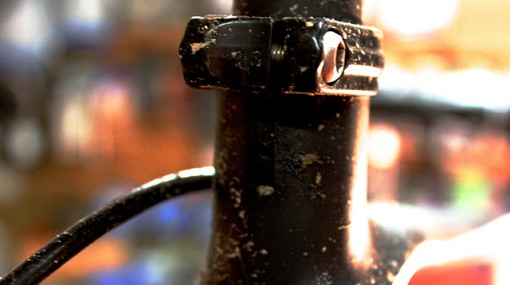
Many frames have a slot at the top of the seatpost which can fill with road grime, causing the post to become seized in the frame
-
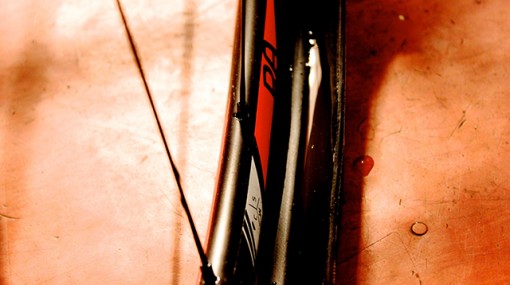
Riding through flood water can lead to water ingress through the rim's spoke holes
-

Headset bearings are inexpensive items and likely to be discarded and replaced when sufficiently worn to create 'play' in the headset. They can be serviced, however
-
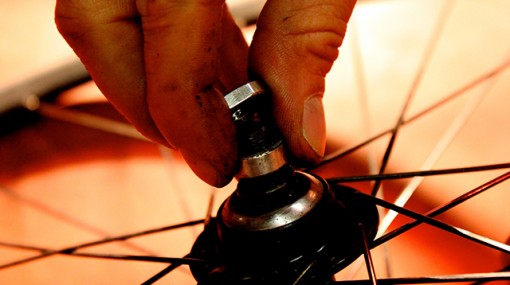
Cup and cone bearing systems are serviceable but regular maintenance is required to prevent damage to the hubshell
-
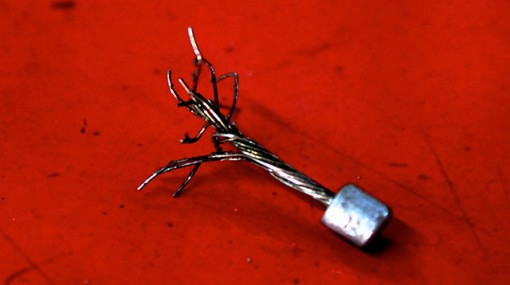
A gear cable that splits within a dual control lever can be difficult to remove and can damage the shifting mechanism
-
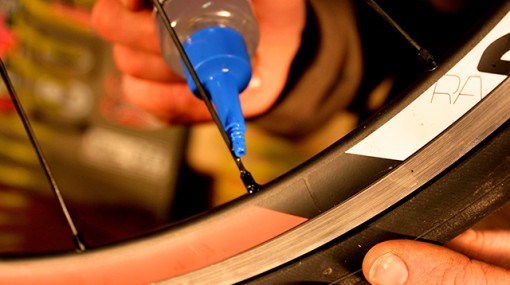
Applying a small amount of oil to the spoke nipple can help to prevent corrosion
Water ingress
Remove water ingress from frame and wheels
The road to hell is paved with good intentions, they say, and while regularly washing your bike shows the right spirit, failing to drain it of water after the wash is complete can leave you in a worse position than when you started. Ingress, especially at the headset and seatpost, can leave standing water. The bottom bracket area is especially vulnerable.
“Flip your bike upside down and see if water comes out,” says Andy. “Some people will be quite surprised that their bike is full of water.” While many bikes will have a draining hole, typically at the end of the chainstay, or beneath the bottom bracket, removing the seatpost, one of our recommended preventative methods, can pay dividends here, too.
The frame isn’t the only area of the bike subject to water ingress. Wheels, closer to the ground than most parts of the chassis, are also vulnerable, particularly when riding through flood water. When it engulfs the rim, rather than spraying from the leading edge of the tyre and to either side, it’s likely that water will make its way into the spoke holes beneath the rim strip.
To remove water from conventional clincher rims (those used with inner tubes) remove the tyre, tube, and rim strip, and water should rush out of the spoke holes. Removing the residue with a rag and even a water dispersant spray, will ensure they dry, and help to prevent corrosion.
Wheels shod with tubeless tyres can also be affected, despite the likely presence of a sealed rim strip. Removing the tyre – and with it the sealant – will be necessary before pouring out water from the valve hole, Andy warns.





